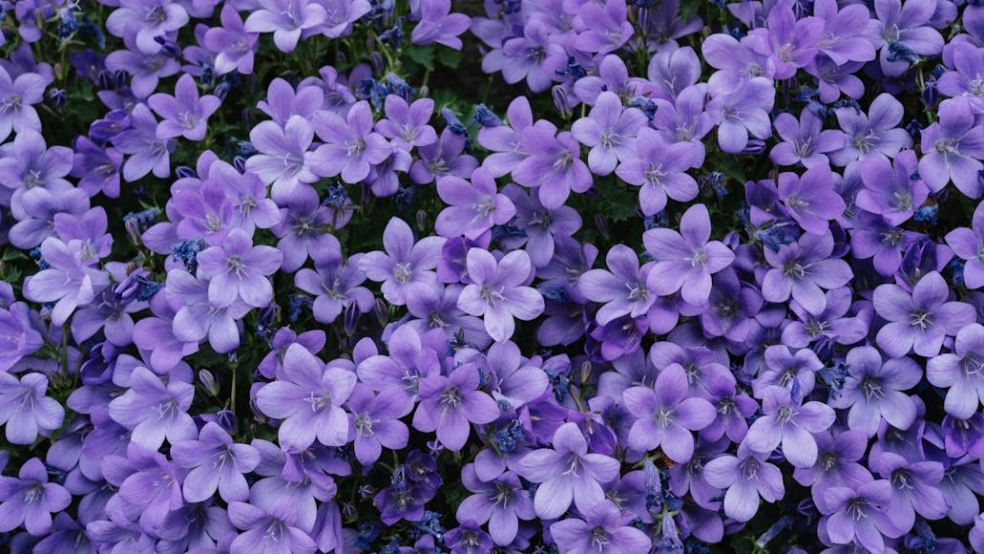
Devon gardeners called to adopt a pollinator-friendly plant group
Plant Heritage has published its Missing Collections 2025 list, which highlights 16 pollinator-friendly plant groups that aren’t yet part of the charity’s widely respected National Plant Collections scheme.
The charity is calling for gardeners in Devon, and across the country, to consider adopting one of the plant groups on this list, in a bid to protect more of the UK’s precious plants long-term. By starting a new National Collection, people can play an active – and vital – role in plant conservation. They will also join Plant Heritage’s vibrant community of fellow gardeners with a love for growing, sharing and saving plants.
The plant groups on the Missing Collections 2025 list are magnets for a range of butterflies, bees and other pollinators, and play an important role in encouraging wider biodiversity to flourish.
Some of the plant groups on this year’s list include:bright and easy to grow ‘bellflowers’ (Campanula);low maintenance yet colourful ‘catchflies’ (Silene); striking ‘strawberry trees’ (Arbutus) which are small trees or shrubs with red flaking bark and edible red berries; and cheerful ‘blanket flowers’ (Gaillardia)which flower from early summer to early autumn. And, for those who prefer evergreen shrubs or grasses, ‘cheesewood’ (Pittosporum) and Festucaare also all in need of forever homes.
Gwen Hines, CEO of Plant Heritage, said: “The National Plant Collections are an amazing way to protect the UK’s favourite garden plants for the future. Through our network of dedicated volunteers, we are safeguarding 95,000 different plants, but we need to do more – especially because we are losing plants due to climate change. We hope to inspire more people to get involved as Collection holders or to support our work in other ways.”
National Plant Collections are more accessible than many people realise. There are National Collections of houseplants, garden plants, herbs and even trees. They can be held by individuals or groups of people as well as by organisations – from plant nurseries to botanical gardens and even zoos, schools and prisons. Because of the rising risks from climate change, Plant Heritage is also keen to encourage people to create duplicate collections, so if plants are lost in one place they can be replaced. They are often one group of plants, but they can also be a collection of plants associated with a particular place or historical figure. Famous plantswoman Gertrude Jekyll, for example, designed over 400 gardens in the UK and bred many plants from her garden centre in Munstead Wood, Surrey, which would make a great new National Collection.
The Missing Collections campaign has a good track record of encouraging people to come forwards to start a new collection. Since the campaign began in 2016, 12 plant groups have been saved and are now cared for as part of a National Plant Collection, including cottage-garden staples hollyhocks and fragrant Daphne. These new collections have joined the existing 700+ other National Plant Collections which can be found in all corners of the country.
To see the full Missing Collections 2025 list visit:https://www.plantheritage.org.uk/national-plant-collections/missing-collections-2025/ To out more about Plant Heritage visit: www.plantheritage.org.uk











